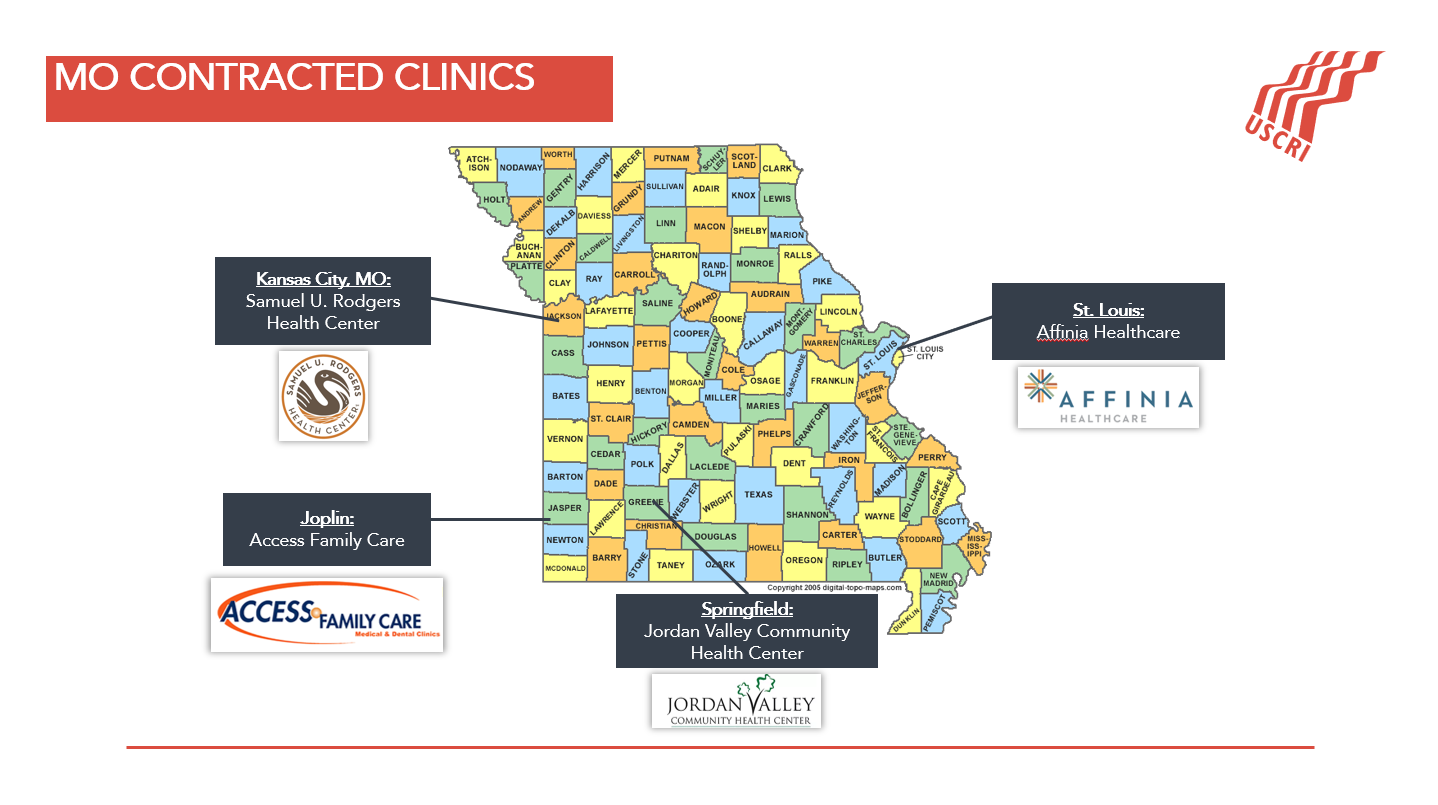While human trafficking spans all demographics, certain factors can place individuals at a higher risk of labor trafficking. Some of these risk factors include recent migration/ relocation history, immigration status, employment in a marginalized or unregulated workforce, having been previously affected by abuse or violence, and poverty. The International Labor Organization (ILO) estimates that 24.9 million people are victims of forced labor and human trafficking worldwide.
USCRI administers the Trafficking Victim Assistance Program (TVAP), which assists foreign- born survivors of human trafficking in the United States. In FY 2021, TVAP served over 1,900 survivors of trafficking; approximately 1,400 were survivors of labor trafficking. TVAP provides case management and referral services, as well as limited direct financial assistance generally for up to a year. TVAP case workers assist survivors achieve HHS certification.
The U.S. Department of Health and Human Services (HHS) provides Certification Letters to foreign national adult victims of severe forms of trafficking in persons, and Eligibility or Interim Assistance Letters to foreign national children survivors of trafficking. Certification and Eligibility Letters allow survivors to apply for benefits and services to the same extent as refugees. Foreign national adults who meet specific requirements, including having received notice from the U.S. Department of Homeland Security (DHS) granting them Continued Presence (CP), or a T visa, or that a bona fide T visa application has not been denied, are eligible for Certification Letters, and in some cases Employment Authorization Documents (EAD).
Through TVAP, USCRI has observed the wait time in processing T visas increase over the years and has observed significant delays in current T visa processing times. USCIS has similar discretion in granting bona fide determinations for both U and T visas. However, U visa applicants receive BFDs regularly and, as a result, EADs while T visa applicants rarely receive BFDs and are forced to wait years before being able to work, which increases their risk of exploitation and labor trafficking.
Click here to read the full Policy and Advocacy Report.


























































